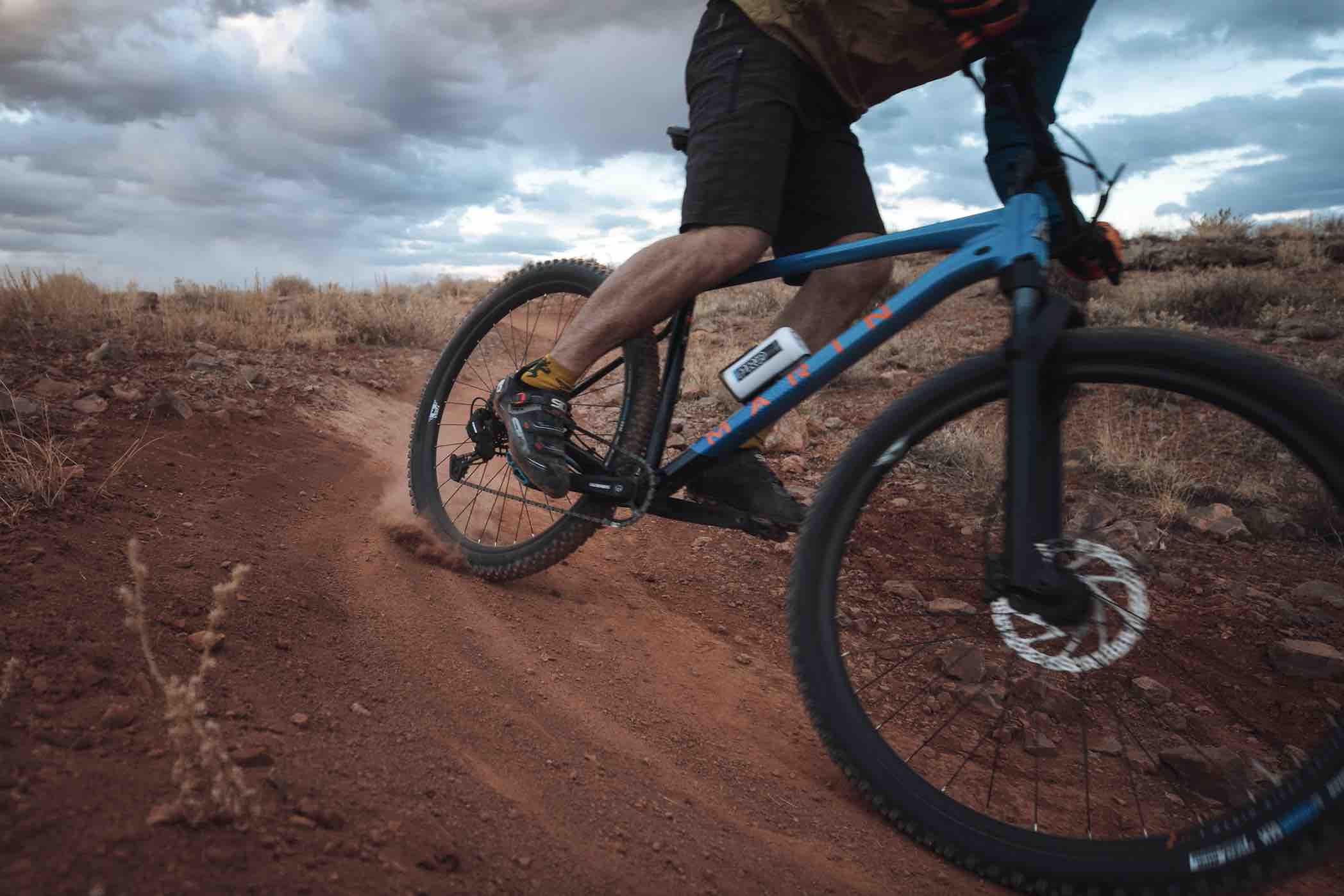Public Lands Rule
Take action to support outdoor recreation
Public Lands Rule
Field Station is proud to partner with Outdoor Alliance to help lovers of the outdoors practice everyday stewardship, protecting and advocating for the places we love to recreate. We’re taking time to endorse and highlight an important rule.
Take action below to voice your support toward increasing the priority of outdoor recreation as a key consideration for managing BLM land. Read on below for more information on the ruling as written by our partners at Outdoor Alliance.

Republished from Outdoor Alliance:
The Bureau of Land Management (BLM) is the largest landholder in the U.S., managing 245 million acres of public lands and some of the most spectacular and prized landscapes for outdoor recreation. The BLM manages these lands for multiple use, which includes extraction, development, and logging, but also conservation and outdoor recreation. Less than 15% of BLM lands are protected through the BLM’s National Conservation Lands system, making it even more important that the BLM can manage multiple use lands sustainably.
BLM lands are among the most cherished landscapes for outdoor recreationists. 81 million people a year visit BLM lands, and BLM lands have millions of acres to explore with fewer permits, restrictions, and crowds than their National Park counterparts. Until June 20, the BLM is looking for feedback on a proposed Public Lands Rule, which could be enormously influential in supporting conservation and preserving outdoor recreation values on our public lands.
The proposed Public Lands Rule offers real ways for the BLM to balance conservation with extraction and development on the land it manages. The BLM’s mission is to “sustain the health, diversity, and productivity of the public lands for the use and enjoyment of present and future generations,” but historically the BLM has prioritized extraction over conservation. The Public Lands Rule is an effort to give the BLM the tools it needs to manage for conservation and for the long-term. Part of BLM’s mandate—“sustained yield”—explicitly recognizes that resources need to be managed sustainably, but too often, BLM has been unable to ensure that multiple-use lands are managed to provide their continued benefits into the future. This rulemaking will help ensure that all BLM lands—not just areas with special designations like Wilderness or Wild and Scenic Rivers—are managed sustainably.
The rule would direct land managers to make determinations of landscape health by applying its “fundamentals of land health” decision-making tool, which is currently only used on grazing leases. By evaluating landscape health at scale, the agency would be better able to direct restoration activities, designate Areas of Critical Environmental Concern (ACECs, a BLM conservation designation), and prioritize protection of “intact landscapes.” Throughout this process, BLM has an opportunity to more comprehensively incorporate recreation, both to protect recreation values and to use these values to further drive conservation.
One significant piece of the Public Lands Rule is a new conservation leasing program. The rule proposes that when oil and gas, mining, and other extractive industries develop public lands and their activities unavoidably damage the landscape, industry would be required to do compensatory mitigation work—meaning that they must pursue restoration activities in other areas. The Public Lands Rule’s conservation leasing program would allow these restoration activities to occur more readily on public lands. We will be asking BLM to ensure that this program is broad enough to embrace projects with both a restoration and recreation purpose.
Until June 20, the BLM is seeking public comment, and we can’t emphasize enough how important these comments will be. A few powerful extractive industries and some lawmakers in the House have already mounted objections to the rule. The BLM—as well as your elected officials—need to hear that Americans want to see conservation, recreation, and sustainability made a priority. Outdoor Alliance, along with many other conservation and recreation organizations, will be submitting comments to the BLM with support and feedback on the rule, but your voice can shape the future of public land management.
We’ve made it easy to submit a comment to regulations.gov, with a sample comment below. Alongside emphasizing your support for the Public Lands Rule, you can attend a public meeting or take two minutes to ask the BLM to look for opportunities to incorporate recreation into what they are doing, both as a reason to protect places and to protect them in a way that embraces sustainable recreation.